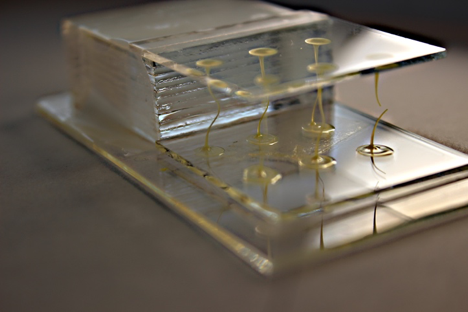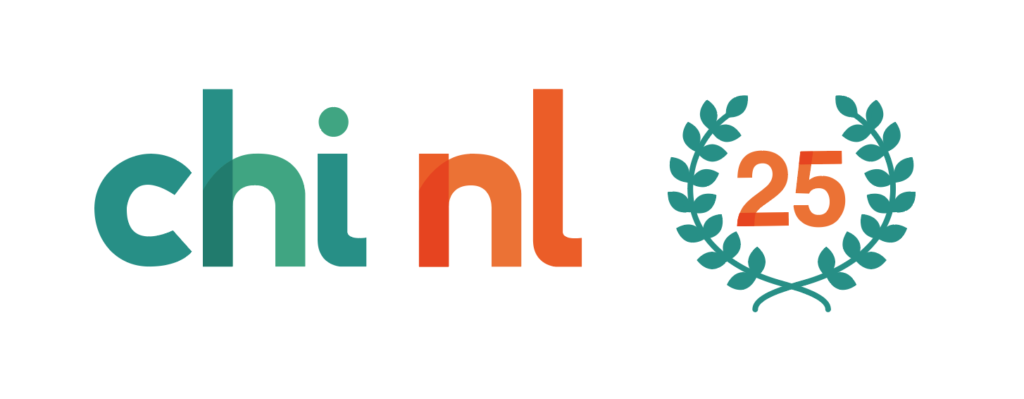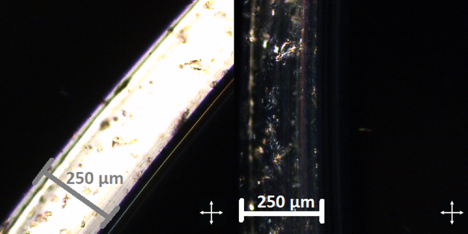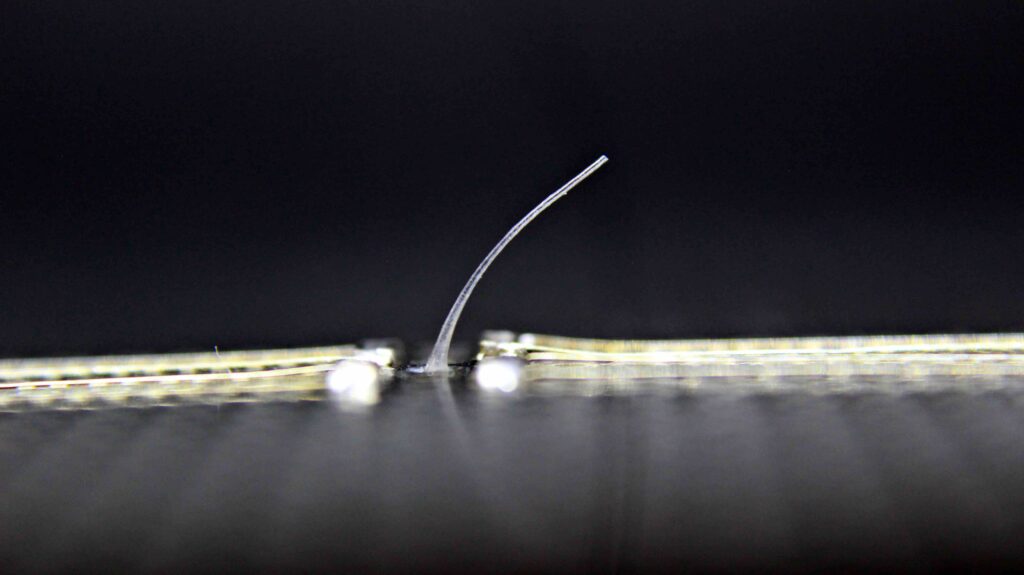Hello everyone! We are pleased to be launching the CHI NL Read series! 🚀 Around once a month, through a series of key questions, our board members Lisa and Abdo will invite a member of CHI NL to showcase a recent research paper they published to the wider SIGCHI community and world 🌍.
One of the ideas of CHI NL Read is to make research a bit more accessible to those outside of academic HCI.
As our first guest, we are extremely pleased to have Dr. Amy Winters showcase her recent CHI 2022 LBW work with us, titled “Dynamic Robotic Fibers: Liquid Crystal Elastomers for Programmable and Reversible Shape-Changing Behaviors“.

Lead author’s name:
Citation:
Amy Winters, Iris Bekkers, Dorsa Nayeb Ghanbar Hosseini, Verindi Vekemans, Samuël Weima, and Miguel Bruns. 2022. Dynamic Robotic Fibers: Liquid Crystal Elastomers for Programmable and Reversible Shape-Changing Behaviors. In Extended Abstracts of the 2022 CHI Conference on Human Factors in Computing Systems (CHI EA ’22). Association for Computing Machinery, New York, NY, USA, Article 353, 1–7. https://doi.org/10.1145/3491101.3519769
TL;DR (if you had to describe this work in one sentence, what would you tell someone?):
We introduce a programmable line-based actuator, a Liquid Crystal Elastomer (LCE) fibre for haptics and shape-changing interfaces in Human Computer Interaction (HCI).
What problem is this research addressing, and why does it matter?
Shape-changing interfaces (SCIs) are often based on pneumatics or motors, offering limited localised haptic feedback for applications like simulated touch. Molecular-level material science offers opportunities to provide high-resolution haptic and visual outputs. This work aims to introduce LCE technology into the field of haptics for HCI.
How did you approach this problem?
A team of chemists, mechanical engineers, and industrial designers worked together to bridge the gap between materials at a molecular level in chemistry towards soft robotic systems. Through a systematic study, we built a control system to analyse the electro-thermal properties and behaviours of the fibre, discovering four patterns of movement: Oscillating Tip, Oscillating Fiber, Tilting and Bending. Alongside the basic principles behind the fabrication of the fiber, we conducted evaluations from interaction design and engineering to gain early-stage impressions of this technology towards haptics in HCI.
What were your key findings?
First to programme a Liquid Crystal Elastomer fibre with an off-the-shelf microcontroller (e.g., Arduino) and identify transitional temperatures for actuation. Second, we offered directions for soft robotic device integration (e.g., for integration into textiles). Lastly, we gave early-stage insights into fibre shape-changing behaviours towards application through experiential observations from both design and engineering.
What is the main message you’d like people to take away?
New kinds of materials such as LCEs offer significant possibilities for developing unique interfaces in the context of HCI. To unleash this potential, however, a multidisciplinary approach is required to comprehend both the functional and experiential characteristics.
Any further reading you recommend?
- Grand Challenges in Shape-Changing Interface Research https://doi.org/10.1145/3173574.3173873
- OmniFiber: Integrated Fluidic Fiber Actuators for Weaving Movement based Interactions into the ‘Fabric of Everyday Life’ https://doi.org/10.1145/3472749.3474802
- Chemical Haptics: Rendering Haptic Sensations via Topical Stimulant https://doi.org/10.1145/3472749.3474747 (to understand more about the experiential properties)
Your biography
I’m a postdoc at TU/e, Future Everyday Group, Industrial Design. My research examines how the material-turn in HCI allows dynamic materials to express temporal (change-in-time) behaviours, notably in molecular-driven actuators, through theoretical concepts such as “temporal form” and “tension-and-release”, which are typically found in time-based contexts (film, music, dance, games, and storytelling).
My diverse background includes performance design (Central Saint Martins), the founding of my company Rainbow Winters (interactive materials), and a PhD in Textiles (Royal College of Art). Following my PhD, I worked in education (RCA), where I directed and developed the Textiles “Soft Systems” MA. pathway and served as a visiting lecturer for MA. Innovation Design Engineering.
Amy’s website: www.rainbowwinters.com

CHI Nederland (CHI NL) is celebrating its 25th year anniversary this year, and we have much in store to acknowledge this occasion. Stay tuned!


